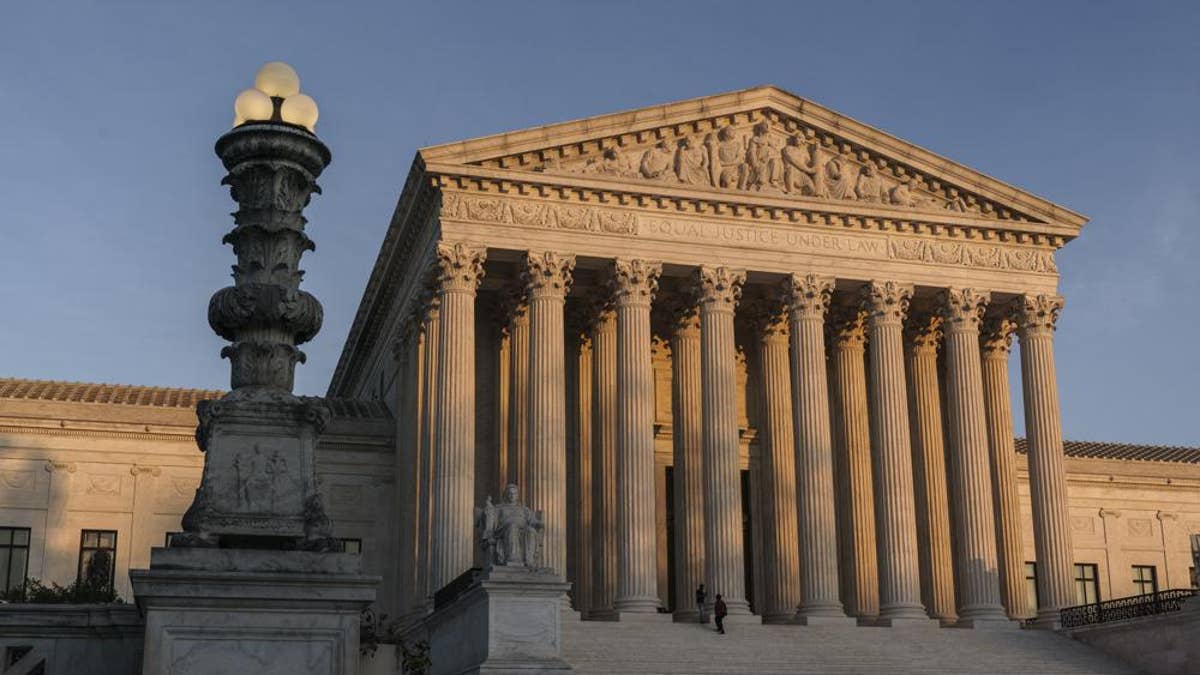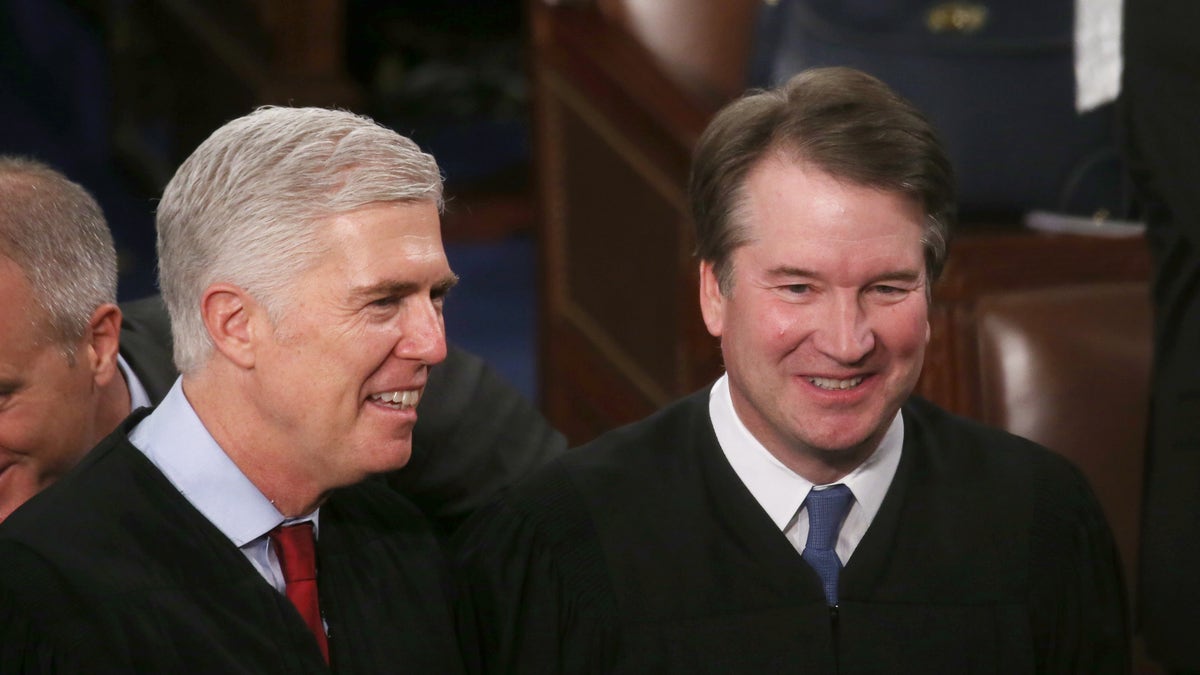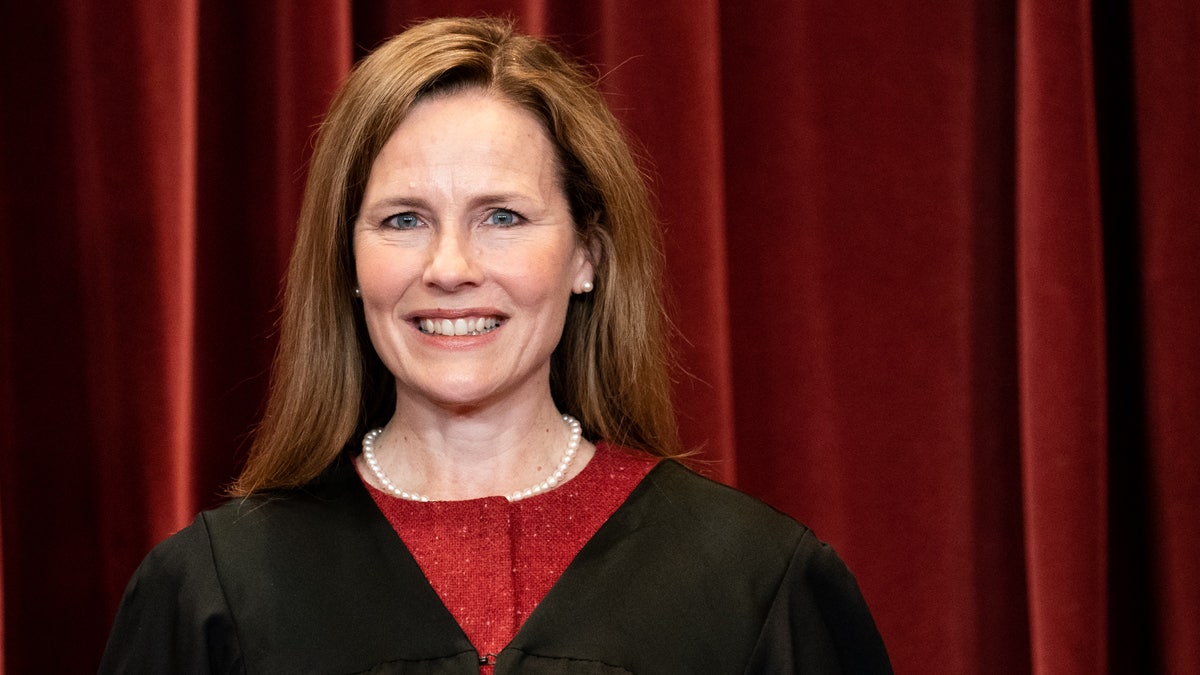Supreme Court to take up Mississippi abortion law that targets Roe v Wade
Carrie Severino, president of Judicial Network, says the Mississippi law 'clearly' contradicts Roe v. Wade and discusses the possible implications of the case.
The Supreme Court is set to hear oral arguments on Dec. 1 for a highly anticipated case that could dramatically alter abortion access in the United States.
While the court could overturn its landmark decision in Roe v. Wade, which legalized abortion, observers have suggested the justices could take more complicated paths to allowing states the power to impose greater restrictions on abortion.
The case – Dobbs v. Jackson Women's Health – is based on Mississippi's 15-week abortion ban, and could help craft a new standard for restrictions. This particular law offers the justices an opportunity to not only change abortion jurisprudence, but do so in a way that is substantially different from standards established in Roe or Planned Parenthood of Southeastern Pennsylvania v. Casey, which reaffirmed Roe and set the "undue burden" standard.
US ABORTIONS SEE AN UPWARD TREND AFTER DECADES OF DECLINE

In this Nov. 6, 2020, file photo, the Supreme Court is seen at sundown in Washington. (AP Photo/J. Scott Applewhite, File)
Here are some of the ways they might rule:
Strike down Mississippi's law
A majority of justices could eliminate the 15-week ban, claiming that it violates longstanding precedent in Roe and Casey. In doing so, it would likely uphold the idea that states can't impose an "undue burden" on women's access to abortion prior to fetal viability.
NEW AD FEATURES ABORTION SURVIVOR AS SUPREME COURT HEADS TOWARD ORAL ARGUMENTS IN DOBBS
However, the court's more conservative composition, 6-3 since the addition of Justice Amy Coney Barrett, has prompted observers to downplay this possibility.
They argue that the fact the court took such a direct challenge to Roe indicates a willingness to reshape precedent. The same could be said of its decision not to immediately block Texas' heartbeat law, which acts effectively as a six-week ban. It's unclear how willing they are, however, as the court only needs four justices to agree to hear a case and five to issue a majority decision.
Overturn Roe and Casey
Both sides of the abortion debate have speculated that the Supreme Court might use Dobbs to deliver the death blow to Roe that conservative activists have sought for decades. An outright repeal of Roe would return the issue to state legislatures, which conservatives have long considered the proper democratic avenue for regulating access.

Supreme Court Justice Neil Gorsuch and Supreme Justice Brett Kavanaugh attend the State of the Union address in the chamber of the U.S. House of Representatives on Feb. 4, 2020 in Washington, D.C. (Photo by Mario Tama/Getty Images)
Some have expressed skepticism that more conservative justices like Barrett, Brett Kavanaugh, and John Roberts would agree to this option given the tense political atmosphere and divisive nature of the topic. Each have been associated with more modest, incremental decisions – a stark contrast with eliminating a nearly 50-year-old precedent. The court typically abides by stare decisis – a doctrine which defers to previous decisions – but has struck down precedent as it did with school segregation case Brown v. Board of Education roughly 50 years after Plessy v. Ferguson.
In theory, the court votes based on the Constitution and the merits of particular cases. But many have speculated that the justices take much more into consideration when handing down opinions. Barrett's and Kavanaugh's nominations in particular have provoked Democrats' ire and reinvigorated questions about the court's legitimacy. The timing of the decision in Dobbs – likely to be announced next summer – makes this especially difficult for justices, who may be worried about a political backlash and subsequent Democratic majority packing the courts.
Abortion jurisprudence also appears to explicitly weigh public opinion in ways that other issues don't. In Casey, a plurality of the court contended that the underlying facts of Roe hadn't changed. They therefore worried that striking Roe would seem like the result of a change in doctrine on the court.
The opinion read: "The Court must take care to speak and act in ways that allow people to accept its decisions on the terms the Court claims for them, as grounded truly in principle, not as compromises with social and political pressures having, as such, no bearing on the principled choices that the Court is obliged to make."
Then-Chief Justice Rehnquist warned at the time that "[o]nce the Court starts looking to the currents of public opinion regarding a particular judgement, it enters truly a bottomless pit from which there is simply no extracting itself."

Associate Justice Amy Coney Barrett stands during a group photo of the Justices at the Supreme Court in Washington, D.C., on April 23, 2021. (Photo by Erin Schaff-Pool/Getty Images)
HUMAN RIGHTS BEGIN IN THE WOMB
Polling has shown over time, that voters tend to support some, but not all, restrictions on abortion. In June of 2020, for example, Gallup said that 50% of voters thought abortion should be legal only under certain circumstances, as opposed to any circumstances (29%) or none (20%). That reflected Gallup’s historical data as well. And while a plurality say abortion is "morally wrong," 48% identified as pro-choice (compared to 46% as pro-life).
Create a new standard
The court could once again – as it did in Casey and Roe – issue more specific guidance for when states may restrict abortion. It's hard to predict what this would look like.
Polling has also shown substantial opposition to overturning Roe – making an outright appeal less politically viable for the court. Anti-abortion advocates note, however, that Roe and its companion case, Doe, effectively allow for abortion for a broad range of reasons up until birth. That would appear to conflict with Americans' general preference for some restrictions on the procedure.
Mississippi's 15-week restriction arguably opens an array of possible justifications the justices could use in allowing states to restrict abortion access.
For example, the justices could rule that the possibility of fetal pain – rather than viability outside the womb – justifies state intervention at an earlier stage in pregnancy. It could also re-examine the state's interest in protecting life both in light of updated scientific knowledge and advancements in medical care.
CLICK HERE TO GET THE FOX NEWS APP
Judicial Crisis Network President Carrie Severino told Fox News that the court may not even offer much substance in issuing a new standard, and instead remand to a lower court to figure out the details. Although this could help the court avoid public backlash, it might also set the U.S. up for another several decades of seemingly murky law.






















